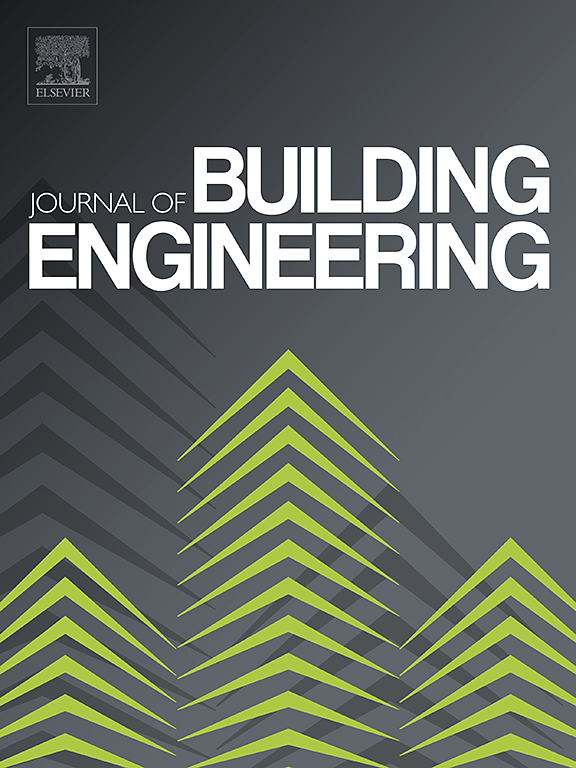Effect of high temperature and cooling method on compression and fracture properties of geopolymer-based ultra-high performance concrete
IF 6.7
2区 工程技术
Q1 CONSTRUCTION & BUILDING TECHNOLOGY
引用次数: 0
Abstract
High-temperature damage to concrete is one of the most common hazards to be experienced during its service life. In this study, the mechanical properties of geopolymer-based ultra-high performance concrete (GUHPC) after high temperature exposure using different cooling methods were investigated. The specimens were heated to 200 °C, 400 °C, 600 °C, 800 °C and 1000 °C, followed by air and water cooling. Then the quasi-static tests were conducted with the assistance of a digital image correlation (DIC) device to examine the compressive and flexural strength, elastic modulus, fracture performance, and failure patterns. In addition, the microstructural change of GUHPC after high temperature exposure was analysed utilizing X-ray Diffraction (XRD) and Scanning Electron Microscope (SEM) methods. Test results revealed that GUHPC demonstrated different degrees of thermal damage at high temperatures ranging between 200 °C and 1000 °C but exhibited superior thermal spalling resistance. The reduction in strength, elastic modulus and fracture properties after high temperature exposure can be divided into three stages, i.e., 25–200 °C, 400–600 °C and 800–1000 °C, respectively. These three stages defined the mild, moderate, and severe damage. Compared to air cooling, water cooling caused thermal shock to specimens, resulting in a greater loss of strength. The microstructural analysis indicated that the damage to steel fibres along with the formation of new substances due to phase transition at high temperatures led to variations in the internal structure, consequently affecting the mechanical performance of the studied GUHPC.
求助全文
约1分钟内获得全文
求助全文
来源期刊

Journal of building engineering
Engineering-Civil and Structural Engineering
CiteScore
10.00
自引率
12.50%
发文量
1901
审稿时长
35 days
期刊介绍:
The Journal of Building Engineering is an interdisciplinary journal that covers all aspects of science and technology concerned with the whole life cycle of the built environment; from the design phase through to construction, operation, performance, maintenance and its deterioration.
 求助内容:
求助内容: 应助结果提醒方式:
应助结果提醒方式:


